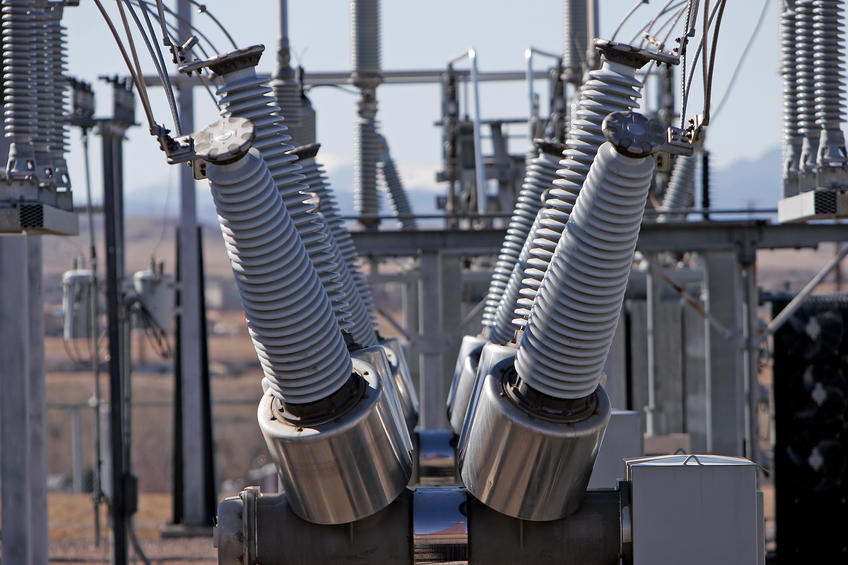Fundamentals of Modern Electrical Substations - Part 3

This online engineering PDH course presents an overview of modern electrical substations, emphasizing their importance for reliable and effective operation of power systems, describing all major, auxiliary and control equipment, listing typical engineering issues associated with substation design and engineering and providing recommendations for addressing these issues. The entire course series consists of three parts:
- Part 1: Mission of Electrical Substations and their Main Components
- Part 2: Electrical Substation Auxiliary and Control Systems
- Part 3: Electrical Substation Engineering Aspects
Part 3 of this course series is presented herein. This course starts with an overview of reliability analysis theory, main equations to calculate probability of failure for both a single element and different kinds of their connection into the system. The example of reliability analysis for a specific 230-13 kV power system is presented for a better understanding of the subject. The next section of this course describes typical substation switching systems, from the least reliable single bus to the most redundant double bus–double breaker systems, comparing their advantages and disadvantages.
The following two sections briefly discuss the insulation coordination topic, as well as substation safety and fire protection issues. Explanation of BIL (Basic Insulation Level) and its effect on substation design is provided. Brief introduction to safety and fire protection standards is provided, with emphasis made on safety being a number one priority in substation design and engineering. The subsequent section presents the steps in substation design and engineering concentrating on equipment selection. The example is presented to show how to choose a 138 kV circuit breaker for a specific power system. The last section of the course covers problems associated with substation insulators and describing the ways to resolve them.
All explanations are supported by numerous drawings and photos illustrating all substation engineering aspects presented in the course.
This 3 PDH online course is intended for electrical and civil engineers and designers, construction professionals as well as utility company management and field personnel looking to expand their knowledge and experience in modern electrical substations.
This P.Eng. continuing education course is intended to provide you with the following specific knowledge and skills:
- Understanding the complexity of engineering aspects related to design, operation and maintenance of modern electrical substations.
- Familiarizing with typical substation engineering problems and their corresponding resolution options.
In addition, after completing this part of the course, you'll be able:
- Analyze reliability of power supply systems
- Describe typical substation switching systems, their advantages and disadvantages
- Understand the basics of insulation coordination
- Understand the importance of safety in substation design and engineering
- List the means of substation fire protection
- Describe the steps in substation design and engineering
- Select substation equipment
- Describe how to improve substation insulator's performance
In this professional engineering CEU course, you need to review Part 3 of Fundamentals of Modern Electrical Substations titled “Electrical Substation Engineering Aspects”.
Upon successful completion of the quiz, print your Certificate of Completion instantly. (Note: if you are paying by check or money order, you will be able to print it after we receive your payment.) For your convenience, we will also email it to you. Please note that you can log in to your account at any time to access and print your Certificate of Completion.